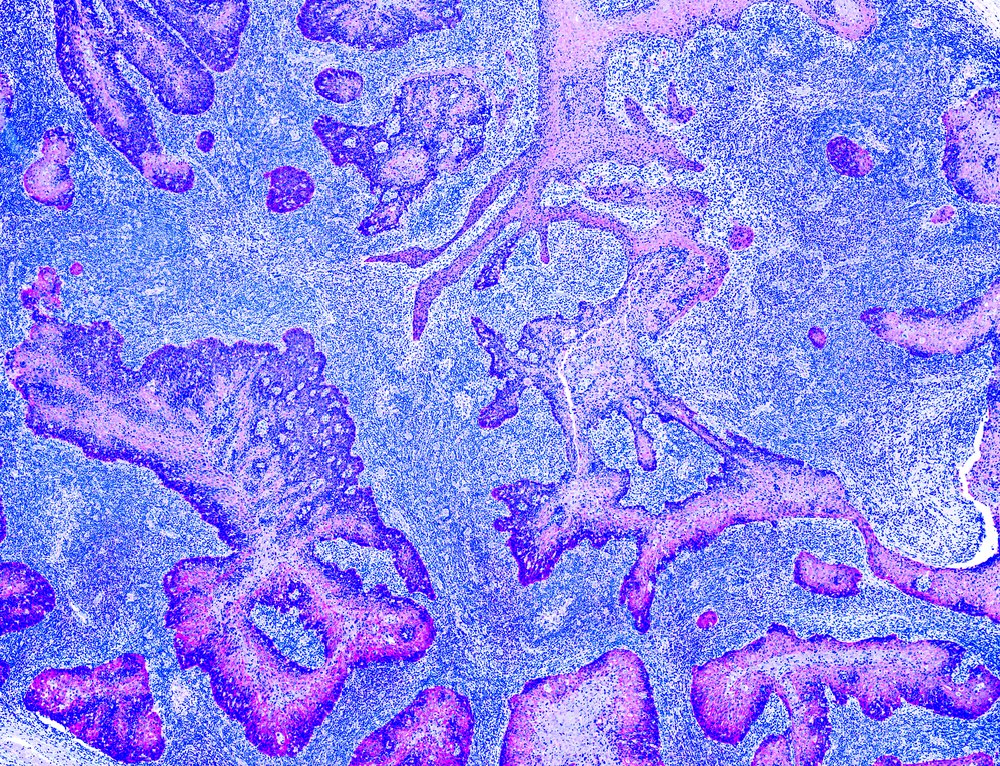In today’s medical landscape, the need for more precise and early detection of cancer is critical. Early and accurate identification of aggressive cancer cells can significantly enhance treatment outcomes and patient prognosis. This urgency has driven researchers to explore innovative technologies to aid clinicians in distinguishing between localised cancers and those that have metastasised and have the potential to spread throughout the body. One such advancement is the development of a new optical tool by engineers at Johns Hopkins University, known as SPECTRA.
SPECTRA, which stands for Surface-Enhanced Raman Scattering (SERS) with DNA Origami, uses nanoprobes that illuminate upon attaching to aggressive cancer cells. This novel approach offers a more powerful means for cancer detection and imaging, potentially revolutionising how clinicians identify and treat cancer. “Our findings show that SPECTRA has huge potential for cancer detection and imaging,” said Ishan Barman, a professor of mechanical engineering at the Whiting School of Engineering. “We’re giving clinicians a more powerful tool that can find cancer cells earlier and more precisely than ever before.”
The team’s groundbreaking research has been published in Advanced Functional Materials. Unlike current imaging methods such as CT or MRI scans, which can show the presence of a tumour but lack the ability to provide specific molecular signatures, SPECTRA offers a distinct advantage. It can not only detect cancer cells but also differentiate between those that are likely to metastasize and those that are not. This is achieved through a combination of Raman spectroscopy, which utilises the scattering of laser light to provide detailed information about molecular vibrations, and DNA origami, which involves folding DNA into specific shapes akin to the Japanese art of paper-folding.
In their experiments, the team used the folded DNA as a scaffold to create precisely arranged plasmonic nanoparticles, Raman reporters (molecules that produce a strong signal when analysed using Raman spectroscopy), and cancer-targeting DNA sequences. These multifunctional nanoprobes were then tested on cancer cells. The researchers discovered that SPECTRA effectively and consistently bound to metastatic prostate cancer DU145 cells, distinguishing them from non-metastatic cells.
Additionally, the researchers selected a Raman reporter that generates an active and distinct signal, clearly standing out against the background of normal tissue. This innovation aids clinicians in more precisely locating disease. “It’s a smart design that gives high enhancement to the Raman signal, and it’s uniform,” explained Swati Tanwar, a postdoctoral fellow in mechanical engineering. “It can distinguish aggressive cancer cells from non-aggressive based on the intensity of the signal. In a tumour, if 10% of the cells are aggressive and 90% are non-aggressive, the 10% will light up and give a very high signal.”
Tanwar further elaborated on the meticulous arrangement of the DNA origami scaffold. Each strand of DNA in the scaffold has a unique sequence and occupies a specific position in the folded origami nanostructure. This precise organisation is crucial for creating the multifunctional SPECTRA nanoprobes.
“Raman spectroscopy is a molecular fingerprinting tool,” said Lintong Wu, a Ph.D. student in mechanical engineering. “Molecules can look similar at a distance, but using Raman spectroscopy they show different peaks and signals throughout the entire spectrum.” This capability allows SPECTRA to provide detailed and specific molecular information that other imaging methods cannot match.
The introduction of SPECTRA marks a significant leap forward in cancer imaging technology. Its ability to provide detailed molecular information and distinguish between aggressive and non-aggressive cancer cells could greatly enhance early detection and treatment strategies. As this technology advances and becomes more widely adopted, it holds the promise of improving outcomes for countless cancer patients by enabling more targeted and effective treatment plans.
Author:
Alex Carter
Content Producer and Writer
Nano Magazine


